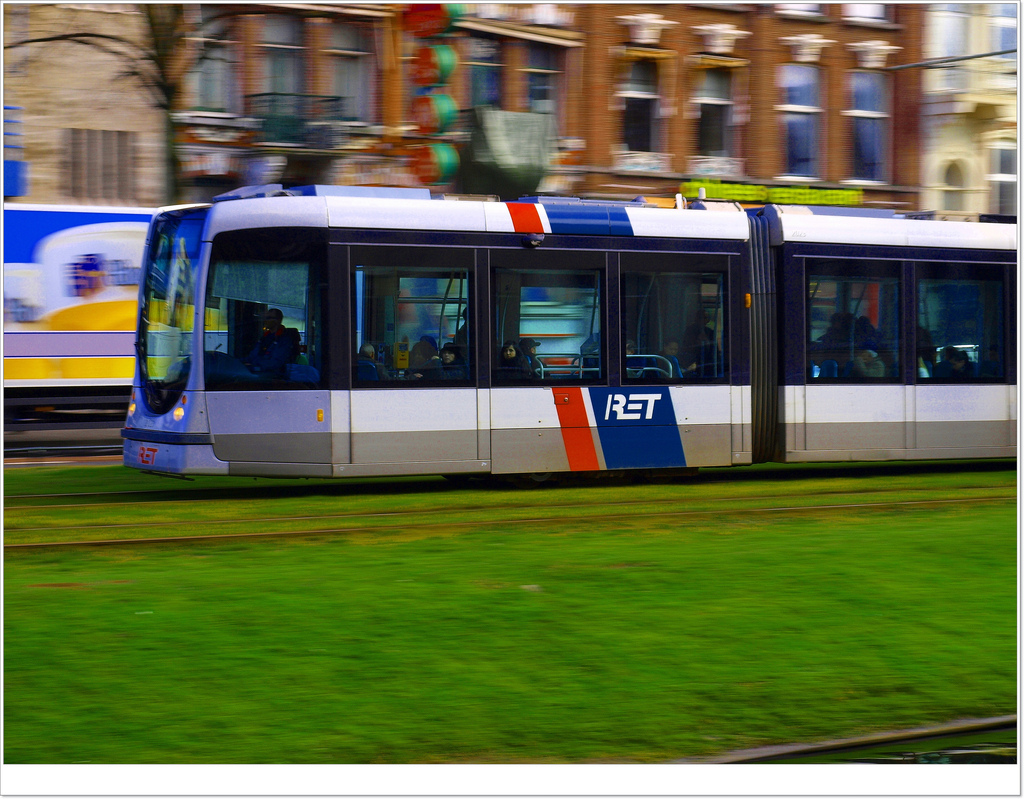[caption caption="https://www.flickr.com/photos/adjidono/4354207755/in/dateposted-public/"][/caption]In the near future, world’s population living in cities is predicted to reach 70% by 2050. Mayors should take this issue more seriously because unanticipated implications will come up with problems related to urban infrastructure provision which eventually affect our quality living.
What is it exactly the meaning of urbanization? How is it made up with? What should we do to respond the growing trend of urbanization? Can city government stop it, or should it be managed so we could reap a number of benefits from it?
The definition and process of urbanization
A great deal of theorists explains urbanization from different perspectives; from economic, behavior, spatial, and even demographic point of view. Each of which posits different meaning. Socio-economic and political background on each regimes have also been influential to the evolution of the theory. I myself personally agree with what Eric Lampard, a classic urban historian argued on this.
Lampard’s “primordial urbanization” is divided into two subcategories: classic urbanization and industrial urbanization. Developed countries seem to have experienced both subcategories since the evolutionary development from early stage of agricultural societies to unprecedented achievements of technological, industrial, and organizational capacities.
At present, less developed nations are experiencing what went on in the industrialized ones. In the nineteenth century, nine European countries' urban population annual gain reached 2.1%; while the rate of urban population growth in the less developed ones are now 4.5%. I suppose this is exactly what Terence Gary McGee said in his classic article in 1971 that at least one element of Western theory should be discarded when investigating urbanization process in Third World cities.
Policy measures to sustain urbanization
World Urbanization Prospects released by United Nations in 2014 claims that Indonesia’s 134 million inhabitants are living in urban areas. Thus, Indonesia is ranked No. 5 after China, India, USA, and Brazil. Before it reaches 227 million by 2050, what should central government and Jakarta administration do to anticipate it?
First, managing demography; Governor of Jakarta, Ahok once said that Jakarta belongs to any Indonesian citizen who would come to this city for jobs. In order to have authorized residence permit (KTP), he urged visitors to have decent jobs and houses for their living. This is merely to assure that government budget can be effectively allocated for those who really need it. Visitors with no jobs and houses would only cause more and more public spending, while at the same time, other metropolitan cities abroad dedicate their spending mostly for information and communication technology (ICT) which gives added value to the services they provided.
Second, managing urban and rural areas; approximately 80% of Indonesian GDP is contributed by cities in Sumatera and Java islands, while the rest 20% is contributed by other main islands. What does this mean? This indicates that regional disparity between the well-developed regions (Sumatera and Java) and the least-developed ones (Kalimantan, Sulawesi, Maluku, Nusa Tenggara, Papua, etc.) exists.
Dealing with regional disparity, Jokowi’s Nawa Cita does not only focus development projects in the well-developed regions, but also in the eastern part of the archipelago as well. Village Fund (or Dana Desa) has also been provided to accelerate development in rural areas. But surely this is not the only recipe for success. A wide range of critical points should be regarded as prerequisites, from institutional settings to political will. Ahok’s breakthrough to cooperate with Provincial Government of Nusa Tenggara to provide meat and fresh milk for Jakarta residents can be seen as a policy initiative to deal with land scarcity for grazing.
And last, managing mobility; it is quite desperate knowing some people living at the outskirt of Jakarta spend hours travelling to their office at the city center every day. Slow progress on the construction of MRT, ugly Metro Mini/Kopaja buses, and reckless Angkot drivers have been the main reasons why people prefer using their cars/motorcycles. As a result, thousands of cars and motorcycles should slowly drive due to heavy traffic all over the city.
I guess by speeding up MRT construction works, limiting private vehicles on the streets, procuring more buses/commuting trains (including proper parking area) to take people from Bogor, Depok, Tangerang, and Bekasi to Jakarta as soon as possible and at the most affordable cost would be helpful to reduce Jakarta’s congested streets.
Baca konten-konten menarik Kompasiana langsung dari smartphone kamu. Follow channel WhatsApp Kompasiana sekarang di sini: https://whatsapp.com/channel/0029VaYjYaL4Spk7WflFYJ2H



